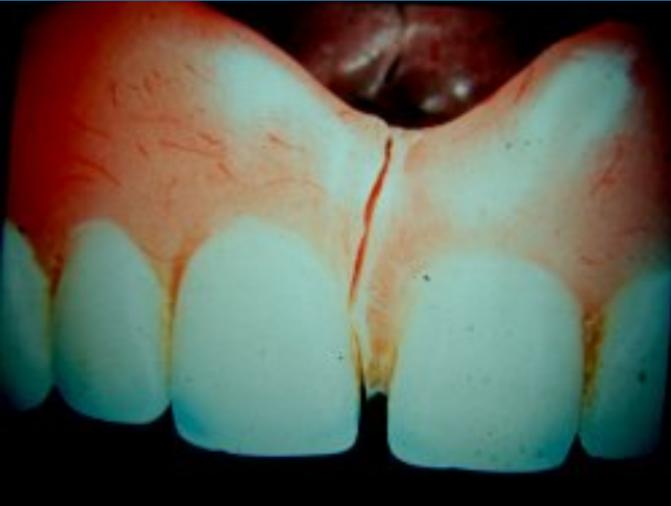

DENTAL REPAIR FX FULL
Full texts of selected articles were collected and analyzed. The titles and abstracts of all identified articles were screened to determine the relevance of each study with regards to the diagnosis, contributing factors and management of vertical root fracture.

The in-vivo studies included case reports clinical surveys and review articles and a histological study.

The process of cross referencing continued to get relevant articles.Ī total of seventy seven articles were selected for the study, which included forty three in-vivo, and thirty four in-vitro studies. A hand search was also carried out of the last two issues of the following major endodontic journals: Journal of Endodontics International Endodontic Journal Dental Traumatology Australian Endodontic Journal. The search strategy spanning from a period of 1970s to 2012 was conducted using MEDLINE via PUBMED and the Cochrane databases using following search terms: ‘vertical root fracture’, ‘diagnosis of vertical root fracture’, ‘management of vertical root fracture’. This review adds to the preventive measures which can be incorporated during routine clinical procedures. On the other hand, there are studies evidencing the role of various endodontic procedures, materials and post endodontic restorations in the etiopathogenesis of vertical root fracture. But the long term prognosis of reunion of the fractured roots is questionable and requires further follow up. Various attempts were made in the literature for the treatment of vertically fractured roots. Preserving a vertically fractured tooth helps improving function, esthetics and maintaining the integrity of the arch by preserving the alveolar bone height.

CBCT has been used in recent studies with a high accuracy and sensitivity in detecting vertical root fracture. There is need for the development of a diagnostic strategy depending on the patient's dental history, clinical signs and radiographic observations. The accuracy of radiographic diagnosis also depends on the proper radiographic angulation, contrast, density and sensitivity of the clinician in interpreting the radiographic findings. Radiographic diagnosis of vertical fracture of root is also difficult, as not all the classical radiographic signs of vertical root fracture may be present in every case. So it is important to differentially diagnose vertical root fracture from other similar clinical conditions. The clinical scenario of vertical root fracture may resemble that of a periodontal disease or of a failed root canal treatment. The diagnosis of vertical root fracture can be problematic, and it often requires prediction rather than definitive identification. Vertical root fracture is an important threat to the tooth's prognosis during and after root canal treatment. This article focuses on the diagnostic and treatment strategies, and discusses about predisposing factors which can be useful in the prevention of vertical root fractures.Īccording to the American Association of Endodontists, “A vertical root fracture is a longitudinally oriented fracture of the root that originates from the apex and propagates to the coronal part.” According to the literature, vertical root fracture is the third most common reason for extraction of an endodontically treated tooth. Cone beam computed tomography has been shown to be very accurate in this regard. Early detection of a fractured root and extraction of the tooth maintain the integrity of alveolar bone for placement of an implant. Also, a tooth diagnosed for vertical root fracture is usually extracted, though attempts to reunite fractured root have been done in various studies with varying success rates. Since, vertical root fractures almost exclusively involve endodontically treated teeth it often becomes difficult to differentiate a tooth with this condition from an endodontically failed one or one with concomitant periodontal involvement. Clinical detection of this condition by endodontists is becoming more frequent, where as it is rather underestimated by the general practitioners. In as much as there are no specific symptoms, diagnosis can be difficult. Vertical root fractures associated with endodontically treated teeth and less commonly in vital teeth represent one of the most difficult clinical problems to diagnose and treat.


 0 kommentar(er)
0 kommentar(er)
